Introduction
In 1995, French cinema witnessed the release of “La Haine”, a film that delved into the simmering tensions between marginalized communities and law enforcement in the suburbs of Paris. Directed by Mathieu Kassovitz, the film offers a raw, unfiltered portrayal of life in the banlieues—France’s working-class suburban neighbourhoods, where poverty, racial discrimination, and police violence shape daily existence. Through the eyes of three young protagonists, La Haine captures the frustration, alienation, and anger felt by those who live on the margins of French society.
Decades later, La Haine remains as relevant as ever. The film's themes of police brutality, systemic racism, and state violence continue to resonate, not just in France but around the world. In the United States, the deaths African-Americans at the hands of police have sparked global outrage over police violence. In Canada, Indigenous and Black communities continue to experience disproportionate policing and excessive force. And in 2023, the fatal police shooting of 17-year-old Nahel Merzouk in Nanterre—eerily reminiscent of the police brutality depicted in La Haine—ignited massive protests across France, highlighting the ongoing crisis of law enforcement’s treatment of racialized communities.
This article examines La Haine as a timeless critique of state violence, analyzing its striking relevance to contemporary incidents of police brutality in France, the United States, and Canada. By drawing connections between the film and real-world events, we can better understand how systemic police violence persists—and why Kassovitz’s 1995 masterpiece remains one of the most urgent and necessary works of cinema today.
Summary of La Haine
La Haine follows 24 hours in the lives of three young men—Vinz, Saïd, and Hubert—residing in the impoverished banlieues of Paris. The film begins in the aftermath of a violent riot that erupted following the brutal police beating of their friend, Abdel, who now lies in a coma. Tensions between the youth of the banlieue and law enforcement are at an all-time high, and the film captures the simmering resentment, frustration, and disillusionment of those living in these neglected neighbourhoods.
Each protagonist represents a different perspective on their dire circumstances. Vinz, a hot-headed Jewish youth, is consumed by anger and a thirst for revenge. He finds a gun lost by a police officer during the riots and vows to use it if Abdel dies, believing that violence is the only way to command respect. Saïd, a young man of North African descent, often serves as the mediator of the group, using humour and bravado to navigate their tense reality. Hubert, a Black boxer and the most introspective of the trio, aspires for a better life outside the banlieue but understands the systemic forces that trap them in a cycle of poverty and violence.
As the day progresses, the three friends travel from their neighbourhood to the center of Paris, where their marginalized status becomes even more pronounced. The contrast between their reality and the wealth of central Paris highlights France’s deep socioeconomic and racial divides. The film is punctuated by a sense of impending doom, reinforced by a recurring story Hubert tells about a man who falls from a skyscraper, repeating to himself, "So far, so good"—a metaphor for the illusion of stability in a system that is bound to collapse.
The film’s climax occurs when the group returns to their neighbourhood, where tensions with the police finally explode. A confrontation ensues, culminating in a police officer fatally shooting Vinz in an execution-style killing. The film ends on an ambiguous yet devastating note, as Hubert and the police officer stand face to face, Hubert pointing Vinz’s gun at the officer. A gunshot is heard, but the screen cuts to black before revealing what happens next. This abrupt ending forces the audience to reflect on the film’s core message—state violence breeds more violence, and without systemic change, the cycle of brutality will only continue.
La Haine as a Critique of State Violence
Mathieu Kassovitz’s La Haine is a searing indictment of state violence and systemic police brutality in France. The film exposes the racial and economic divisions that fuel tensions between law enforcement and marginalized communities, particularly in the banlieues. The police are depicted as an oppressive force, frequently humiliating, harassing, and brutalizing the protagonists. The film’s black-and-white cinematography reinforces the bleakness of their reality, while its nonlinear, almost documentary-like style immerses viewers in the raw, unfiltered anger of a generation abandoned by the state. The recurring metaphor of the man falling from a skyscraper—symbolizing society’s slow collapse—underscores the inevitability of violence in a system that refuses to address deep-rooted inequalities. La Haine remains a powerful critique of unchecked state power and its devastating consequences.
The Case of Nahel Merzouk
The 2023 police killing of Nahel Merzouk, a 17-year-old of Algerian and Moroccan descent, reignited debates over police violence and systemic racism in France, echoing the themes of La Haine. Merzouk was fatally shot by an officer during a traffic stop in Nanterre, a Parisian suburb with a significant immigrant population. The incident, captured on video, contradicted initial police claims that Merzouk had posed a threat, revealing instead that he was unarmed and attempting to drive away when the officer shot him at close range (Al Jazeera, 2023). The killing sparked mass protests and violent unrest across France, recalling the real-life events that inspired La Haine in the 1990s.
Merzouk’s death is part of a broader pattern of police violence disproportionately targeting racialized youth in France. Studies indicate that young men of North African and sub-Saharan African descent are significantly more likely to be stopped by police, often without justification (Open Society Justice Initiative, 2020). Amnesty International (2023) has condemned France’s law enforcement practices, citing racial profiling and excessive force as systemic issues that remain largely unaddressed. The government's response to the protests following Merzouk’s killing—deploying thousands of riot police, imposing curfews, and arresting demonstrators—mirrored the heavy-handed tactics depicted in La Haine.
Moreover, the rhetoric surrounding Merzouk’s killing reflects the dehumanization of marginalized communities. Some politicians and media outlets framed the unrest as criminal behavior rather than a response to state violence, echoing the way the protagonists of La Haine are treated as delinquent threats rather than victims of systemic oppression.
Merzouk’s death underscores La Haine’s continued relevance. The film’s bleak conclusion—where police violence persists despite resistance—serves as a chilling parallel to real-world events, highlighting the failure of the French state to address institutional racism and police brutality nearly three decades later.
Police Brutality in the United States
Police brutality in the United States is a deeply entrenched issue, disproportionately affecting Black, Indigenous, and other marginalized communities. The killings of George Floyd in 2020, Michael Brown in 2014, and countless others have sparked widespread protests and renewed calls for police reform. U.S. law enforcement officers killed over 1300 people in 2024, with Black Americans being nearly three times more likely to be killed by police than white Americans (Yancey-Bragg, 2025). This racial disparity reflects long-standing systemic issues, including racial profiling, excessive use of force, and a lack of police accountability.
One of the primary factors contributing to police brutality in the U.S. is the militarization of law enforcement. Programs like the 1033 Program, which allows local police departments to acquire military-grade weapons and vehicles, have fuelled the use of excessive force, particularly in protests and heavily policed neighbourhoods (Simpson, 2024). The aggressive tactics used by police—such as no-knock warrants, stop-and-frisk policies, and qualified immunity protections—have created a system where officers are rarely held accountable for their actions. The lack of significant consequences for officers involved in high-profile cases of brutality reinforces a culture of impunity.
The protests following George Floyd’s murder, much like the riots in La Haine, were met with heavy-handed police repression, including tear gas, rubber bullets, and mass arrests. These responses highlight the state’s tendency to escalate violence rather than address the root causes of public outrage. Despite widespread activism, police reform efforts have been met with resistance, and cases of brutality persist. The failure to dismantle the structures that enable police violence makes La Haine's critique of state repression particularly relevant in the American context.
Police Brutality in Canada
While Canada is often perceived as having a less aggressive law enforcement system than the United States, police brutality remains a significant issue, particularly for Indigenous and Black communities. A study found that Black Torontonians were nearly 20 times more likely to be shot and killed by police than white residents (Cecco, 2018). Indigenous communities, in particular, face high levels of police violence. Cases such as the police killings of Chantel Moore in 2020 and Colten Boushie in 2016 highlight the disproportionate use of force against Indigenous people.
Like in La Haine, Canadian law enforcement often frames marginalized groups as threats rather than victims. The criminalization of Indigenous resistance, particularly in land disputes like the Wet’suwet’en pipeline protests, demonstrates how state violence functions to suppress dissent rather than protect communities. Police brutality in Canada may not receive as much global attention as in the U.S., but its impact on racialized and marginalized communities remains a pressing issue that aligns with the film’s themes of state repression and systemic injustice.
Conclusion
La Haine remains a timeless and powerful critique of state violence and police brutality. The film's exploration of systemic oppression, marginalized identities, and the cyclical nature of violence continues to resonate in contemporary society. The tragic death of Nahel Merzouk serves as a stark reminder of the persistent issues within law enforcement and the pressing need for systemic change. Addressing these challenges requires a multifaceted approach, including policy reforms, community engagement, and a commitment to dismantling systemic racism to ensure justice and equality for all.
References
Amnesty International. (n.d.). Human rights in France. https://www.amnesty.org/en/location/europe-and-central-asia/western-central-and-south-eastern-europe/france/report-france/
Cecco, L. (2018, December 10). Black Toronto residents 20 times more likely to be shot dead by police, study says. The Guardian. https://www.theguardian.com/world/2018/dec/10/toronto-black-residents-more-likely-shot-dead-ontario-human-rights-commission-report
France: Ethnic Profiling Challenge. (n.d.). Open Society Justice Initiative. https://www.justiceinitiative.org/publications/france-ethnic-profiling-challenge#:~:text=A%20coalition%20of%20advocates%2C%20including,contrary%20to%20human%20rights%20standards
Jazeera, A. (2023, June 30). France braces for protests after police kill teenager Nahel M. Al Jazeera. https://www.aljazeera.com/news/2023/6/28/outrage-in-france-after-police-shoot-17-year-old-in-paris-suburb
Simpson, G. (2024). The Militarization of Policing in the United States. The Mid-Southern Journal of Criminal Justice, 23. https://mds.marshall.edu/cgi/viewcontent.cgi?article=1037&context=msjcj#:~:text=Policing%20has%20evolved%20to%20continuously,to%20only%20act%20through%20violence.&text=ACLU%20Ohio
Yancey-Bragg, N. (2025, February 27). US sets another grim record for killings by police in 2024. USA TODAY. https://www.usatoday.com/story/news/nation/2025/02/26/police-killings-2024-data/80281722007/

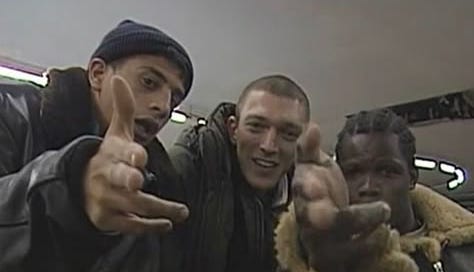


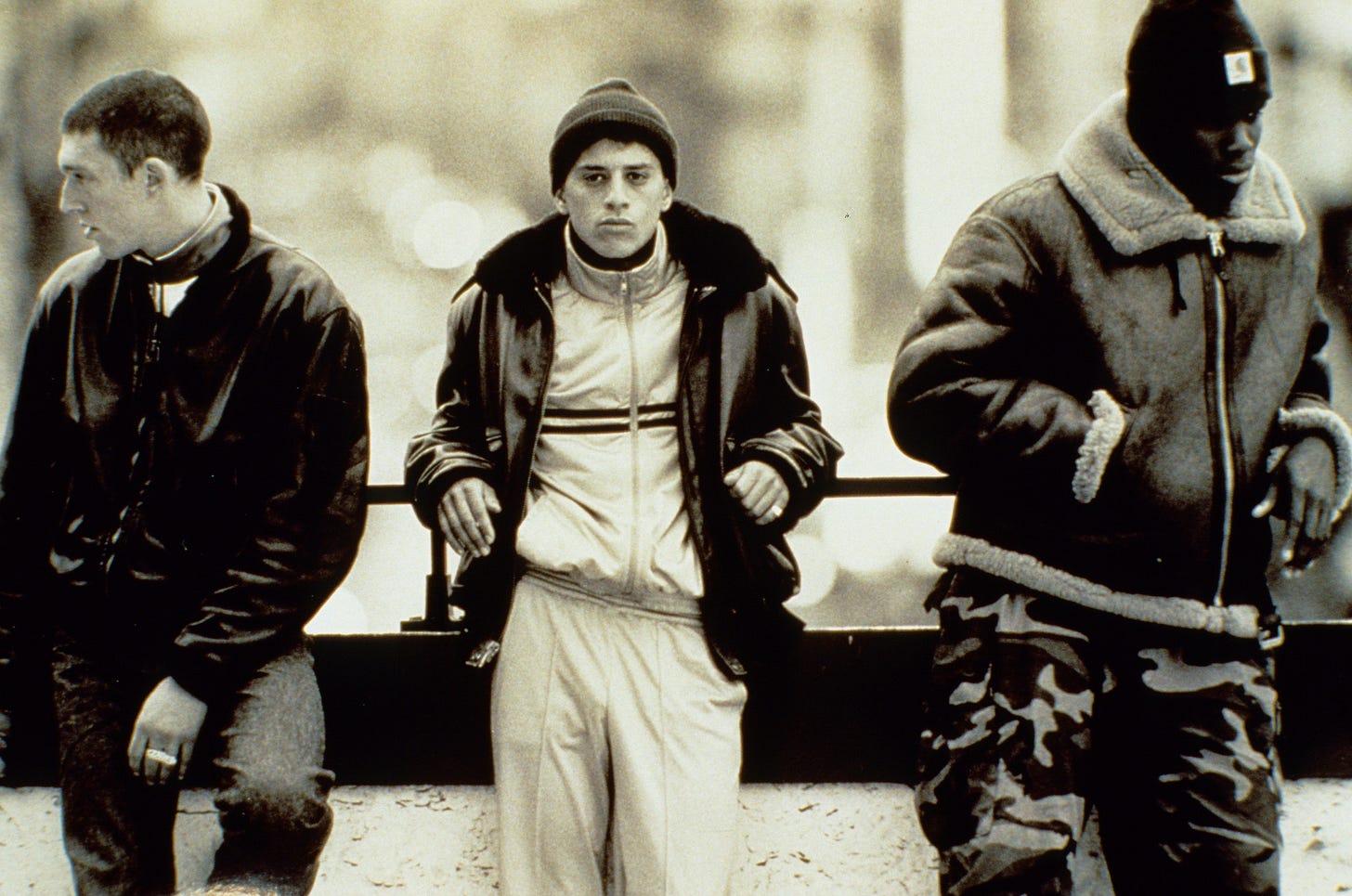
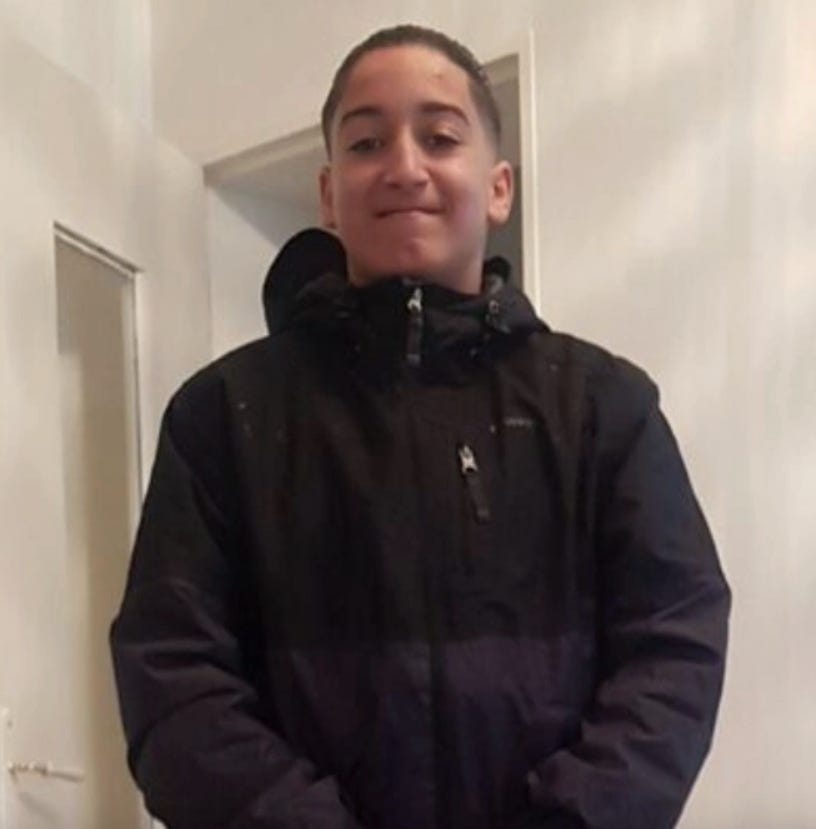
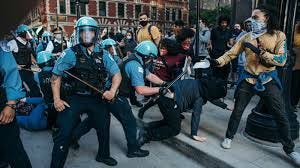
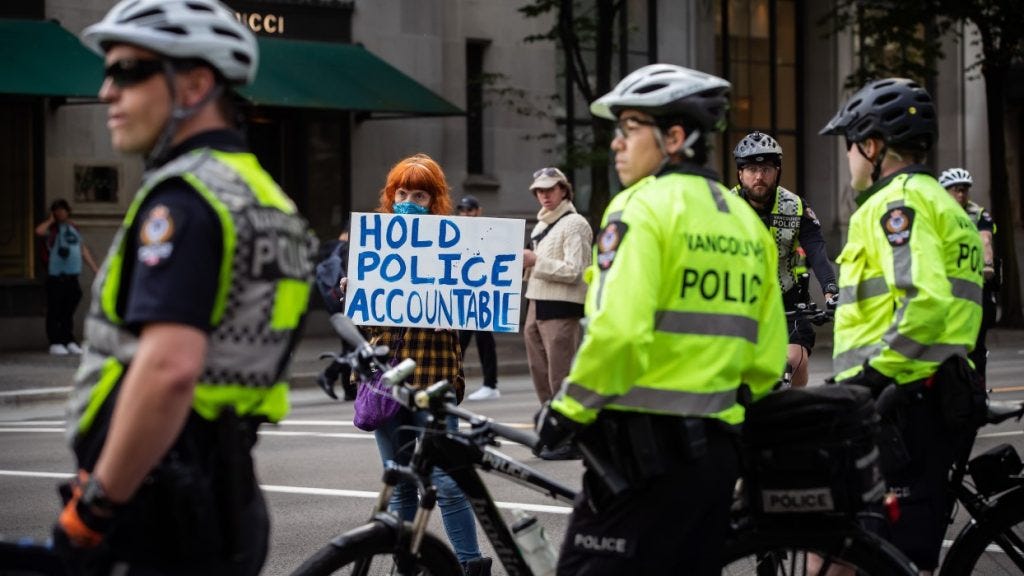
I just watched this movie, I love that this found me